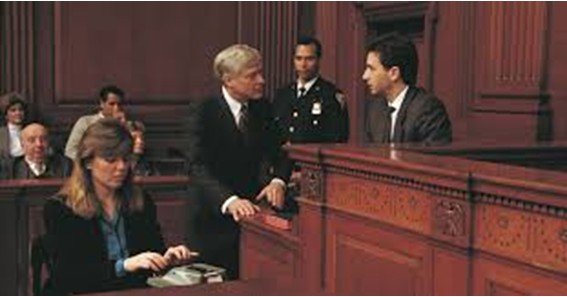In criminal proceedings, the preliminary hearing serves as a critical juncture where the prosecution presents evidence to establish probable cause that a crime has been committed and that the defendant is responsible.
The nature and scope of evidence introduced during this phase are pivotal in determining whether a case proceeds to trial.
Types of Evidence Presented in Preliminary Hearings
- Witness Testimony: The prosecution may call witnesses, including victims, eyewitnesses, or law enforcement officers, to provide firsthand accounts of the alleged crime. These testimonies aim to corroborate the charges and establish a narrative that supports the prosecution’s case. The defense has the opportunity to cross-examine these witnesses to challenge their credibility and the reliability of their statements.
- Physical Evidence: Tangible items such as weapons, clothing, or other objects connected to the crime may be presented. This evidence helps to create a concrete link between the defendant and the alleged offense. The admissibility and relevance of physical evidence can be contested by the defense during the hearing.
- Documentary Evidence: Documents like emails, contracts, or official records that pertain to the case may be introduced to substantiate the prosecution’s claims. These documents can provide context, demonstrate intent, or establish a timeline of events related to the crime.
- Expert Testimony: Specialists such as forensic analysts or medical examiners might be called upon to interpret complex evidence, like DNA results or autopsy findings. Their expertise can lend weight to the prosecution’s argument by elucidating technical aspects of the case.
Purpose and Impact of Evidence in Preliminary Hearings
The primary objective of presenting evidence at a preliminary hearing is to convince the judge that there is sufficient probable cause to proceed to trial. It’s important to note that the standard of proof at this stage is lower than at trial; the prosecution must demonstrate that it’s more likely than not that the defendant committed the crime.
While the defense can present its own evidence and witnesses, it often opts to reserve a full presentation for trial. However, the preliminary hearing offers a strategic opportunity for the defense to assess the prosecution’s case, challenge the sufficiency of the evidence, and argue for dismissal if the evidence appears inadequate.
FAQ
1. What is the main purpose of a preliminary hearing?
The primary purpose is to determine whether there is probable cause to believe the defendant committed the alleged crime, thereby deciding if the case should proceed to trial.
2. Can the defense present evidence during the preliminary hearing?
Yes, the defense has the right to present evidence and call witnesses, though they may choose to focus on cross-examining the prosecution’s witnesses and reserve a full defense for trial.
3. Is hearsay evidence admissible during a preliminary hearing?
In many jurisdictions, the rules of evidence are more relaxed during preliminary hearings, allowing for the inclusion of hearsay evidence that might be inadmissible at trial.
4. What happens if the judge finds insufficient evidence at the preliminary hearing?
If the judge determines there isn’t enough evidence to establish probable cause, the charges against the defendant may be dismissed.
5. Does a preliminary hearing determine the defendant’s guilt?
No, it does not determine guilt or innocence; it solely assesses whether there’s sufficient evidence to proceed to trial.
Learn more with this detailed article where-was-manuel-valtierra-born










